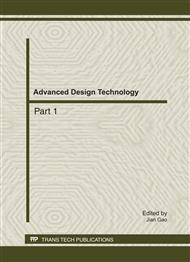p.1492
p.1497
p.1505
p.1513
p.1519
p.1525
p.1531
p.1535
p.1540
Turbulence Model Influence on Numerical Investigation of Transonic Axial Compressor Rotor
Abstract:
Numerical method using HI and HOH meshing combined B - L turbulent model and S - A turbulent model separately based on the Rotor 37 compressor Rotor was applied to the steady flow. results on pressure characteristic curve, stall point forecast etc were compared with related experimental data. This paper discussed calculation precision influenced by the turbulence model and numerical computation grid. This numerical investigation was basis for subsequent compressor internal flow field study.
Info:
Periodical:
Pages:
1519-1522
Citation:
Online since:
August 2011
Authors:
Keywords:
Price:
Сopyright:
© 2011 Trans Tech Publications Ltd. All Rights Reserved
Share:
Citation:


